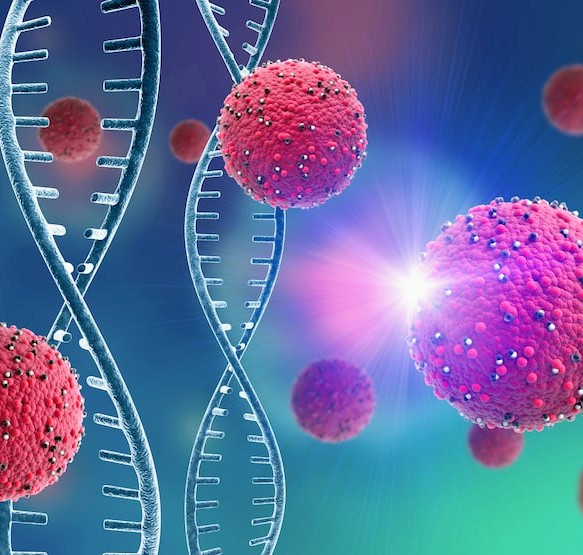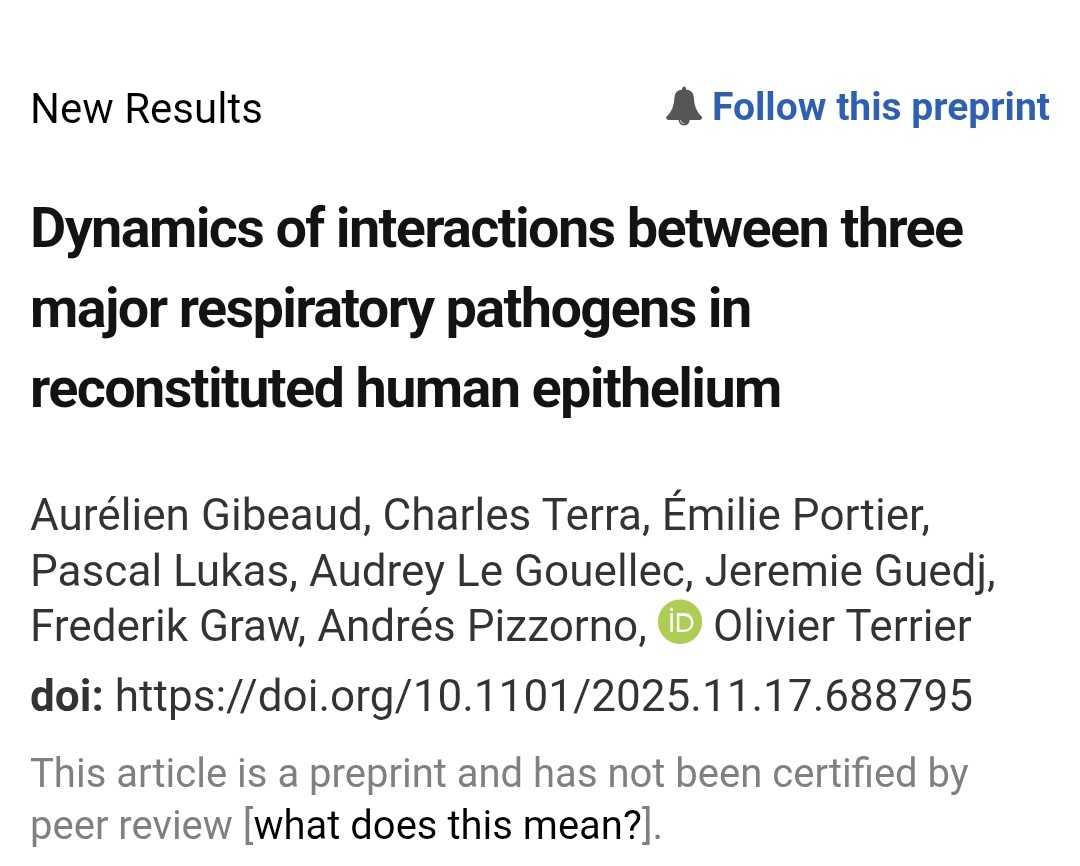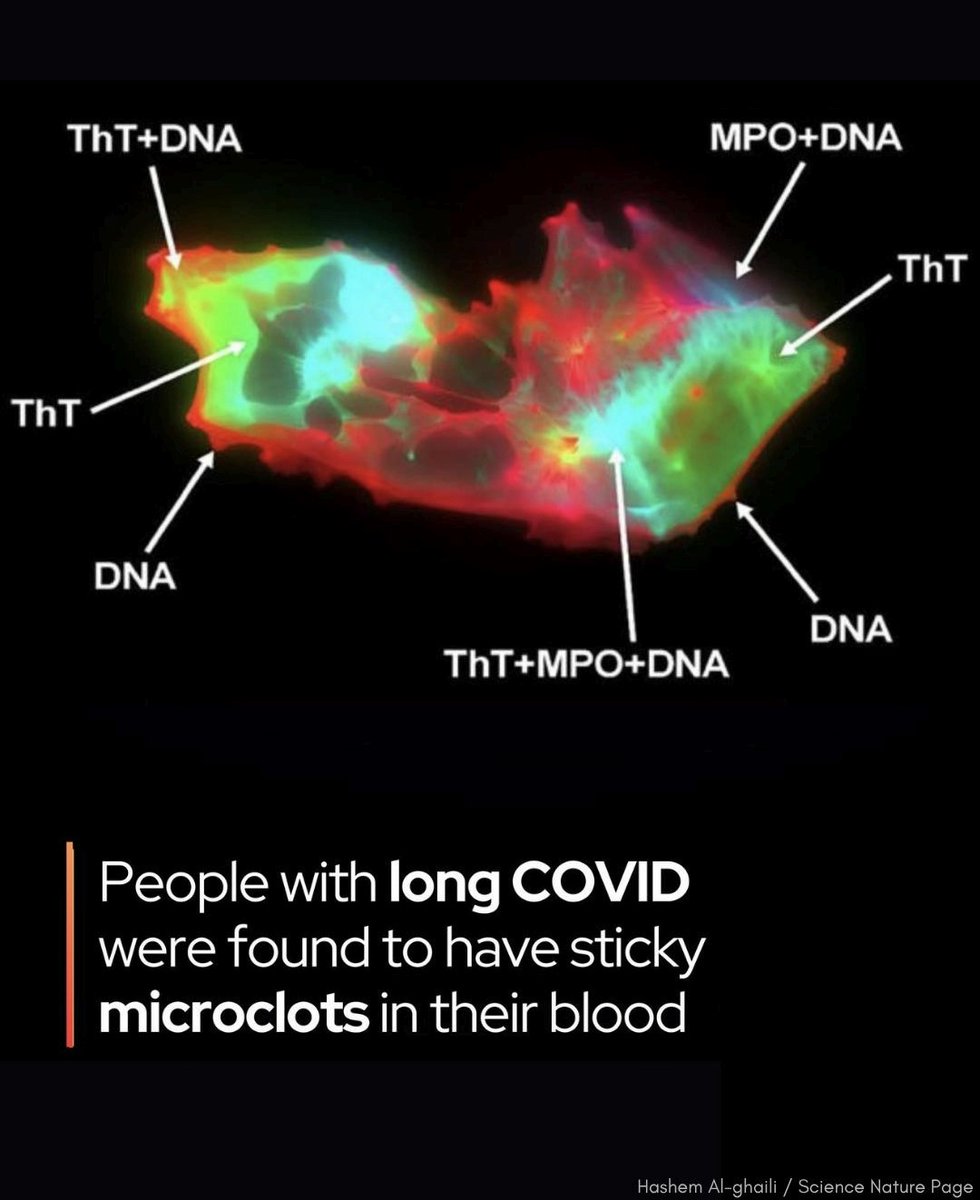WHAT SARS-COV-2 LOOKS LIKE IN REALITY ?
(Visualisations thread)
... not like this schematic representation below that everyone knows 👇
(Visualisations thread)
... not like this schematic representation below that everyone knows 👇

2) Electron microscopy (EM) images of viral particle in SARS-CoV-2-infected Vero cell.
Conventional Transmission electron microscopy (TEM) of SARS-CoV-2 particle (arrows) in vacuole
Conventional Transmission electron microscopy (TEM) of SARS-CoV-2 particle (arrows) in vacuole

3) EM image of budding viral particle in SARS-CoV-2 infected Vero cell. Budding (arrows) of nucleocapsid in membranes of vacuoles (large circular vesicles) containing structural proteins, resulting in circular SARS-CoV-2 particles. 

4) ET images of virion-like particle in SARS-CoV-2 infected Vero cell (in the vacuole of cell). a ET images of single virus particle of SARS-CoV-2 in the vacuole of SARS-CoV-2-infected Vero cell in ultrathin section and b inverse image of a. 

5) 3D ET images of virion-like particle in Y and X rotations in SARS-CoV-2 infected Vero cell. The roots of the spikes (arrows) are arranged at the surface of the virion and an envelope covers the particle. 

6) 3D ET images of virion-like particle in SARS-CoV-2-infected Vero cell in Z slice position. The nucleocapsid in the SARS-CoV-2 is shown to have a high-electron-density structure observed inside the envelope of the virion structure in 3D sequential ET images. 

7) ET images of virion-like particle in SARS-CoV-2 infected Vero cell (at the cell surface) a ET image of single virus particle (arrows) of SARS-CoV-2 at the cell surface in ultrathin section and b inverse image of a. 

8) 3D ET image of a viral particle in SARS-CoV-2-infected Vero cell (at the cell surface) in Y and X rotations. The roots of the spikes and the envelope are clearly shown (arrows) 

9) 3D ET image of a viral particle in SARS-CoV-2-infected Vero cell (at the cell surface) in Z slice position. The nucleocapsid in the SARS-CoV-2 is observed to have a high-electron-density structure inside the envelope of virion in 3D images obtained by sequential ET. 

10) Thanks for reading 🙏
Reference :
"Three-dimensional reconstruction by electron tomography for the application to ultrastructural analysis of SARS-CoV-2 particles"
link.springer.com/article/10.100…
Reference :
"Three-dimensional reconstruction by electron tomography for the application to ultrastructural analysis of SARS-CoV-2 particles"
link.springer.com/article/10.100…
• • •
Missing some Tweet in this thread? You can try to
force a refresh



















